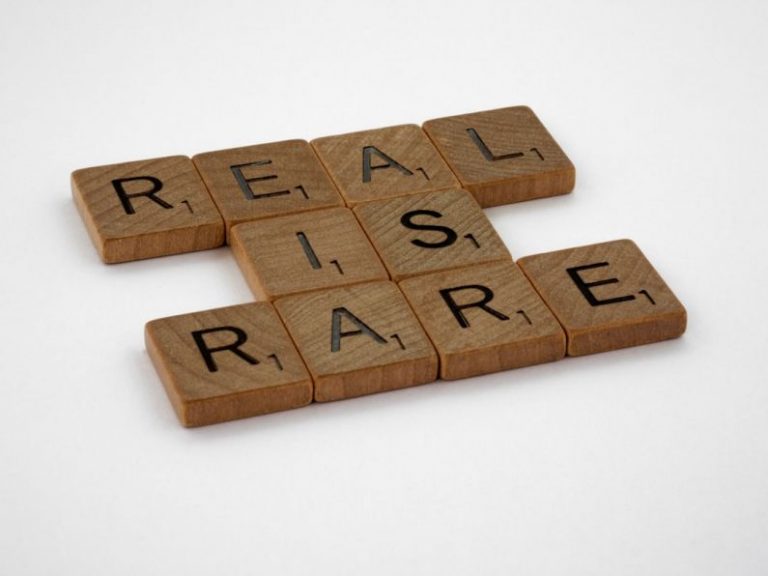
In today’s digital age, online shopping has become an integral part of our lives. With the convenience of being able to shop from the comfort of our homes, it is important to ensure that our online shopping experiences are safe and secure. Cyber threats are constantly evolving, and it is crucial for consumers to be aware of the best practices for secure online shopping. By following these guidelines, shoppers can protect their personal and financial information from falling into the wrong hands.
Understanding Secure Websites
When it comes to online shopping, the first step in ensuring security is to shop on secure websites. Secure websites are those that use encryption technology to protect your data. Before entering any personal or payment information on a website, look for signs that indicate the site is secure. These signs include a padlock symbol in the address bar and a URL that starts with “https://” instead of “http://”. It is important to note that the “s” in “https://” stands for secure, indicating that the website encrypts your data to keep it safe from hackers.
Creating Strong Passwords
One of the simplest yet most effective ways to secure your online shopping accounts is by creating strong passwords. Avoid using passwords that are easy to guess, such as “123456” or “password”. Instead, opt for passwords that are at least 12 characters long and include a mix of letters, numbers, and special characters. Additionally, it is recommended to use different passwords for each online shopping account to prevent a security breach on one account from compromising your other accounts.
Beware of Phishing Scams
Phishing scams are a common tactic used by cybercriminals to steal personal information from unsuspecting individuals. These scams often involve emails or messages that appear to be from legitimate companies, prompting recipients to click on malicious links or provide sensitive information. To protect yourself from phishing scams while shopping online, be wary of unsolicited emails asking for personal or financial information. If you receive a suspicious email, do not click on any links or provide any information. Instead, contact the company directly through their official website or customer service line to verify the authenticity of the communication.
Use Secure Payment Methods
When making online purchases, it is crucial to use secure payment methods to protect your financial information. Credit cards are generally considered a safe payment option for online shopping, as they offer consumer protection in case of fraudulent transactions. Alternatively, services like PayPal or Apple Pay also provide an extra layer of security by not sharing your financial information with the merchant. Avoid using debit cards or direct bank transfers for online shopping, as they may not offer the same level of protection as credit cards.
Monitor Your Accounts Regularly
Even with all the precautions in place, it is important to regularly monitor your online shopping accounts for any suspicious activity. Keep track of your purchases and review your statements to ensure that all transactions are legitimate. If you notice any unauthorized charges or unusual activity, report it to your bank or credit card company immediately. By staying vigilant and proactive, you can minimize the risk of falling victim to online fraud.
In conclusion, secure online shopping is essential for protecting your personal and financial information in today’s digital world. By following the best practices outlined above, you can shop online with confidence knowing that your data is safe and secure. Remember to shop on secure websites, create strong passwords, beware of phishing scams, use secure payment methods, and monitor your accounts regularly. Stay informed and stay safe while enjoying the convenience of online shopping.





